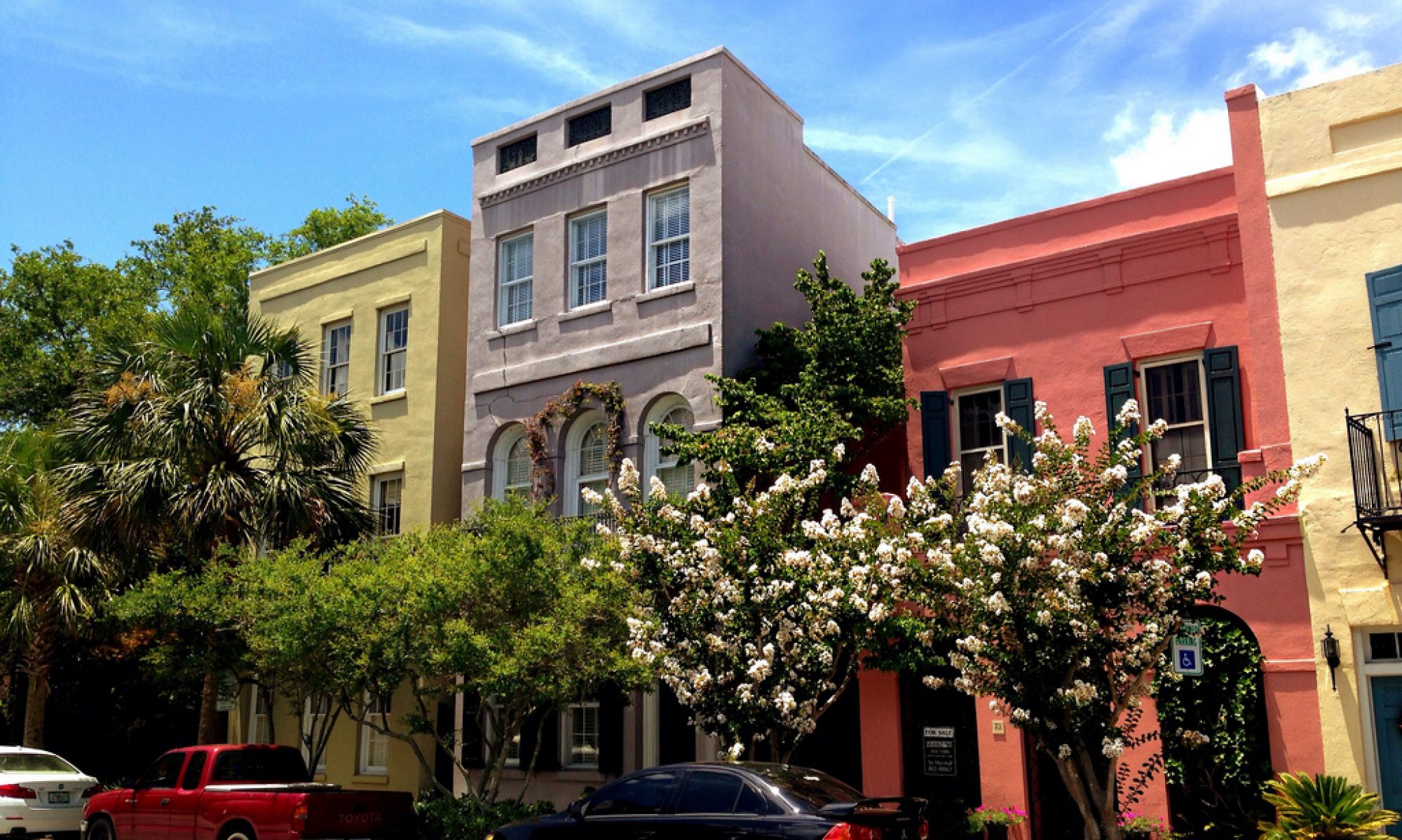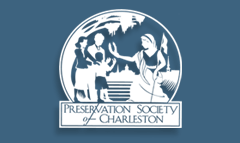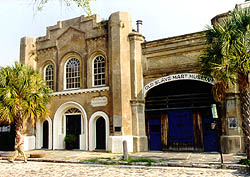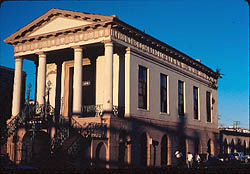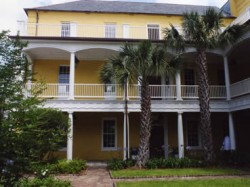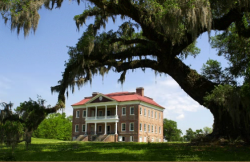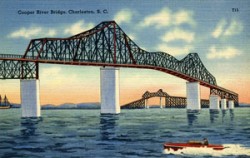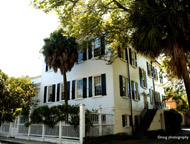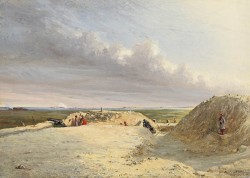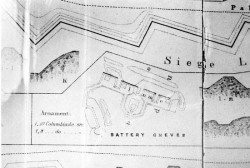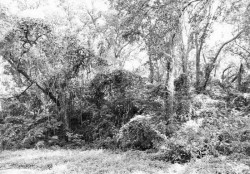Fort Sumter is a federal fort in Charleston Harbor with a museum that tells the story of the fort’s role in the Civil War.
Ft. Sumter
‘Where The American Civil War Began
Decades of growing strife between North and South erupted in civil war on April 12, 1861, when Confederate artillery opened fire on this Federal fort in Charleston Harbor. Fort Sumter surrendered 34 hours later. Union forces would try for nearly four years to take it back.’
Source – Fort Sumter National Monument – U.S. Natonal Park Service Website
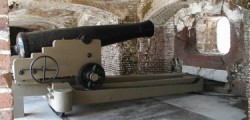
Picture Source – U.S. Natonal Park Service Website
The fort is constructed of over 70,000 tons and granite and rock.
There are three sites within the Fort Sumter National Monument – Charleston: the original Fort Sumter, Fort Sumter Visitor Education Center and Fort Moultrie on Sullivan’s Island.
To visit Fort Sumter by RV or bus, we recommend taking the 30 minute ferry from the visitor center or Patriots Point Naval and Maritime Museum. ‘Their parking area can easily accommodate large vehicles. Parking for large vehicles in downtown Charleston is extremely limited, and the public parking garage has a clearance of 7’.
To visit Fort Moultrie by RV or bus, the parking area at the Fort Moultrie Visitor Center can accommodate your vehicle.’
‘You cannot get to Fort Sumter from Sullivan’s Island and Fort Moultrie.
Sullivans Island is the mailing address of the park and the location of Fort Moultrie and Park Headquarters.
Fort Sumter is located on an island in Charleston harbor and is only accessible by boat.
If you do not have access to a private boat, a concession-operated ferry is available.
The primary departure site is from the Fort Sumter Visitor Education Center located in downtown Charleston.
For departure schedules and fees, visit the concessioner page.
(SpiritLine Cruises is the concessioner – Their address is 360 Concord Street, Suite 201. – See Fort Sumter Tours – SpiritLine Cruises on CharlestonShines.com for more info)
The secondary departure site is located at Patriots Point in Mount Pleasant. Visitors with large vehicles such as buses and RVs should plan on using the Patriots Point departure site.
Fort Sumter Visitor Education Center
340 Concord Street
Charleston, South Carolina
843-722-2628
www.nps.gov/fosu/index.htm
Source – U.S. Natonal Park Service Website
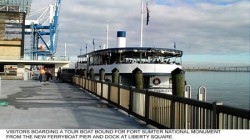
Picture Source – U.S. Natonal Park Service Website
Fort Sumter Area Map
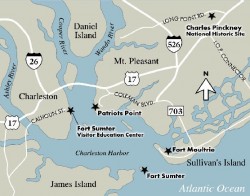
Picture Source – U.S. Natonal Park Service Website
